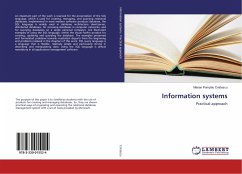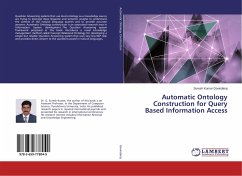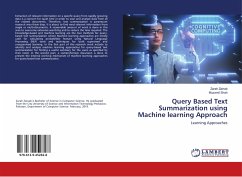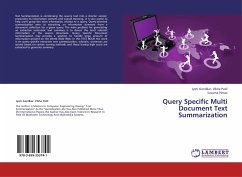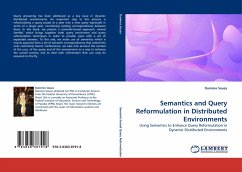Cognitive limitations such as those described in Miller's (1956) work on channel capacity and Cowen's (2001) on short-term memory are factors in describing user cognitive load and in turn task performance. Inappropriate user cognitive load can reduce user efficiency in goal realization and so in the task of text search the interface should allow users to draw on their powerful and innate pattern recognition abilities. This harmonizes with Johnson-Laird's (1983) proposal that propositional representation is tied to mental models. An appropriate approach would be to graphically present single documents, or clusters thereof, with an appropriate number and type of descriptors. However, a lack of basic research into human preference regarding query formation and the heuristics users employ in search extends to features as elementary as the number of words preferred to describe and/or search for a document. Understanding these preferences will help balance processing overheads of taskslike clustering against user cognitive load.



